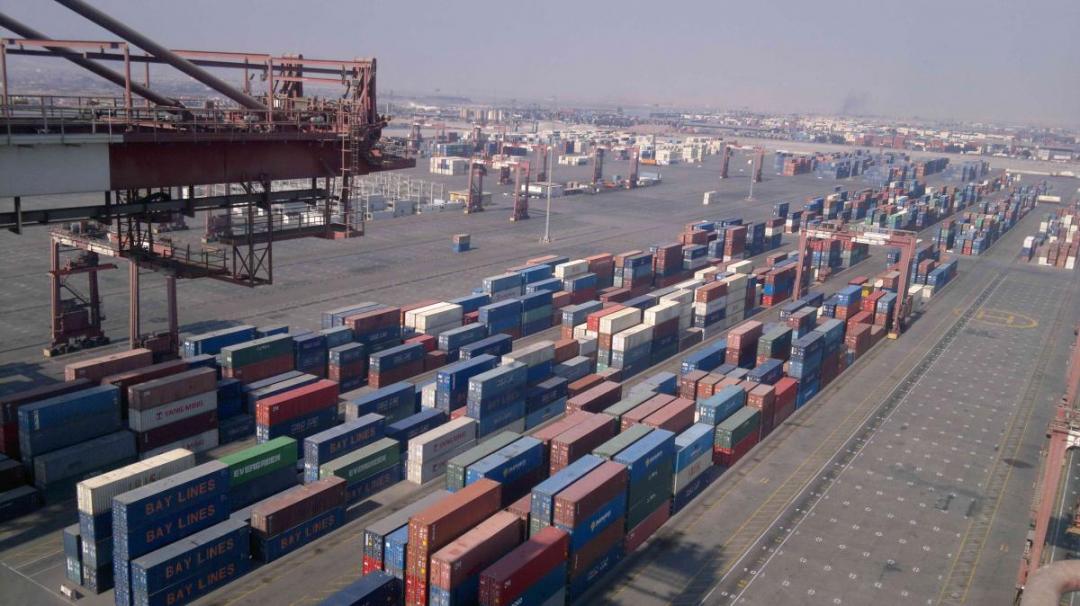Opening up to the world with vision and foresight or hanging on to the cumbersome and visibly unsuccessful centralized systems is one key question for Iran’s economy post-sanctions. For countries with cheap labor free trade will mean more lines of production and for countries with rich natural resources it will attract investors. In short, free trade means increase in exports. However can increase in exports lead to economic growth? Is it productivity that augments export or the other way around?
It is assumed that export companies are either more productive or they learn during the process of exporting. However, the latter is true only if exporters perform better than their domestic rivals years after they enter the export markets. Indian manufacturing data show that the performance of exporters and non-exporters does not diverge immediately following the launch of export activities by the former.
As there are cases where Iranian companies do export despite lack of productivity in relative terms, one needs to assess additional reasons for Iranian manufactures entering foreign markets. Since increase in non-oil exports is a oft-mentioned priority, the government needs to ramp up efforts beyond VAT exemption for exporters.
With the decline in commodity prices across continents, unending wars and violence in the region and the disturbing downside patterns in global economic growth, export markets look a bit gloomier at the moment. This is a good time for Iran to invest in infrastructure and production capacity for future gain in exports while drawing on the benefit from innovation and incentive.
Providing financial incentives to raise non-oil export has its own downside. Manufacturers might channel revenues in speculative areas for fat profits that would, among other things, indicate their incompetence. Financial incentives can be better managed by using the principle of ‘loss aversion’ and ‘overweighting of low probabilities’.
Loss aversion refers to the fact that losses bite more than equivalent gains. As such, the framing of monetary incentives is very important. Instead of giving cash to specific firms, the government can identify better-performing companies and give them financial support. Such backing can and should come at a price -- like charging exceptionally higher interest rates if specific targets are not met. Fear of failure and loosing the much-needed financial uplift will work for the benefit of all.
Moreover, research indicates financial incentives need to be adequate to be effective. Instead of giving bits and pieces to appease all those hunting for help, the government can give big amounts to one outstanding manufacturer in each sector. The company should be chosen randomly based on merit and the ability to meet clearly-defined targets in equal circumstances.
As people overweight low probabilities, the randomness will improve management of firms that in turn leads to higher labor productivity. This is what the government can and should do to consciously prepare firms for international markets. Iran might be able to benefit from higher marginal returns of capital, but for sustainable growth, policies should concurrently aim at marginal product of labor which is now perceived to be very low.



